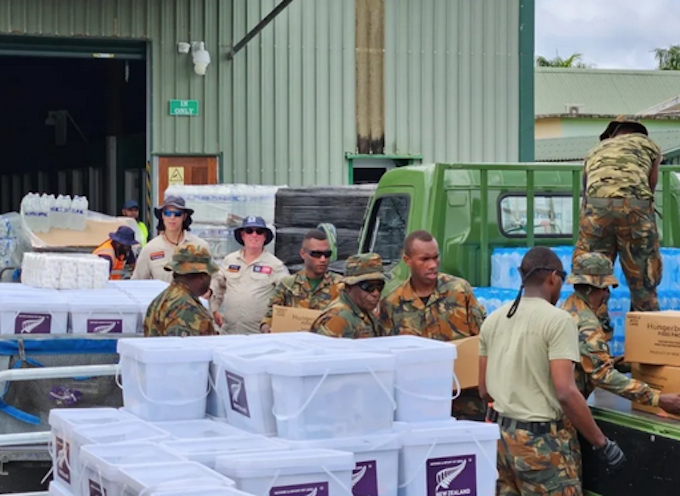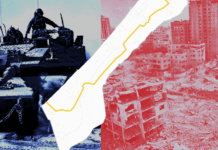
By ,
New Zealand’s Urban Search and Rescue (USAR) says impending bad weather for Port Vila is now the most significant post-quake hazard.
A tropical low in the Coral Sea is expected to move into Vanuatu waters, bringing heavy rainfall.
Authorities have issued warnings to people living near landslide-prone areas around the Vanuatu capital.
- READ MORE: Quake-shocked New Caledonian children repatriated from Vanuatu
- Vanuatu snap election pushed back after earthquake
- Vanuatu earthquake: Last repatriation from Port Vila, water in short supply
- Other Vanuatu earthquake reports
People living near low lying areas or rivers have also been told to move, should water levels rise.
The heavy rain may also cause flash flooding.
USAR team leader Ken Cooper said last Tuesday’s 7.3 earthquake caused significant landslides.
“With the weather system that’s coming in, there is a high likelihood that the landslides continue and we need to ensure that there’s no life risks if those landslides should move further,” Cooper said.
Death toll now 12
Aftershocks have continued, and early this morning, the US Geological Survey recorded a magnitude 6.1 quake, at a depth of 40km west of Port Vila.
New Zealand and Vanuatu engineers were assessing prioritised areas in the capital, and a decision would then be made as to whether a community needed to be evacuated, Cooper said.
Since the team had been in Vanuatu, it had taken damage assessments of buildings and infrastructure, with the Vanuatu government, allowing them to prioritise the biggest risks and to assist the community in recovering more quickly, he said.
The official death toll from Vanuatu’s 7.3 magnitude quake is now 12 according to the Vanuatu Disaster Management office.
This has been confirmed by the Vila Central Hospital.

Earlier unofficial reports had placed the death toll at 16.
The team had completed almost 1000 assessments, alongside the Australia USAR team, which was a significant task, Cooper said.
Both teams shared common tools and practices, which had allowed them to work simultaneously and helped the teams to quickly carry out the assessments, he said.
“When we undertake the assessments that really gives us a clear picture of what should be prioritised and we work with the [Vanuatu] government and their infrastructure cluster, and some of the priorities we have looked at are bridges, [the] airport, the port, and also landslides,” he said.
Resilience shown by locals
The deployment lead for New Zealand in Vanuatu praised the resilience of the Ni-Vanuatu people following the 7.3 earthquake.
Thousands of people had been affected by the disaster but the response effort was being hampered by damage to core infrastructure including the country’s telecommunications network.
Emma Dunlop-Bennett said the New Zealand teams on the ground were working in partnership with the Vanuatu government.
She said she was in awe of the strength of locals after the disaster.
“As we go out into communities, working . . . with the government, people are out there, getting up and doing what they can to get themselves into business as usual, life as usual. I am really in awe and humbled.
The purpose of the New Zealand team being in Vanuatu was three-fold: To provide urgent and critical humanitarian assistance, a response for consular need to New Zealanders, and to support a smooth transition from relief, response to recovery, Dunlop-Bennett said.
Then to business as usual, working along side the priority need identified by the Vanuatu government, she added.
This article is republished under a community partnership agreement with RNZ.










































